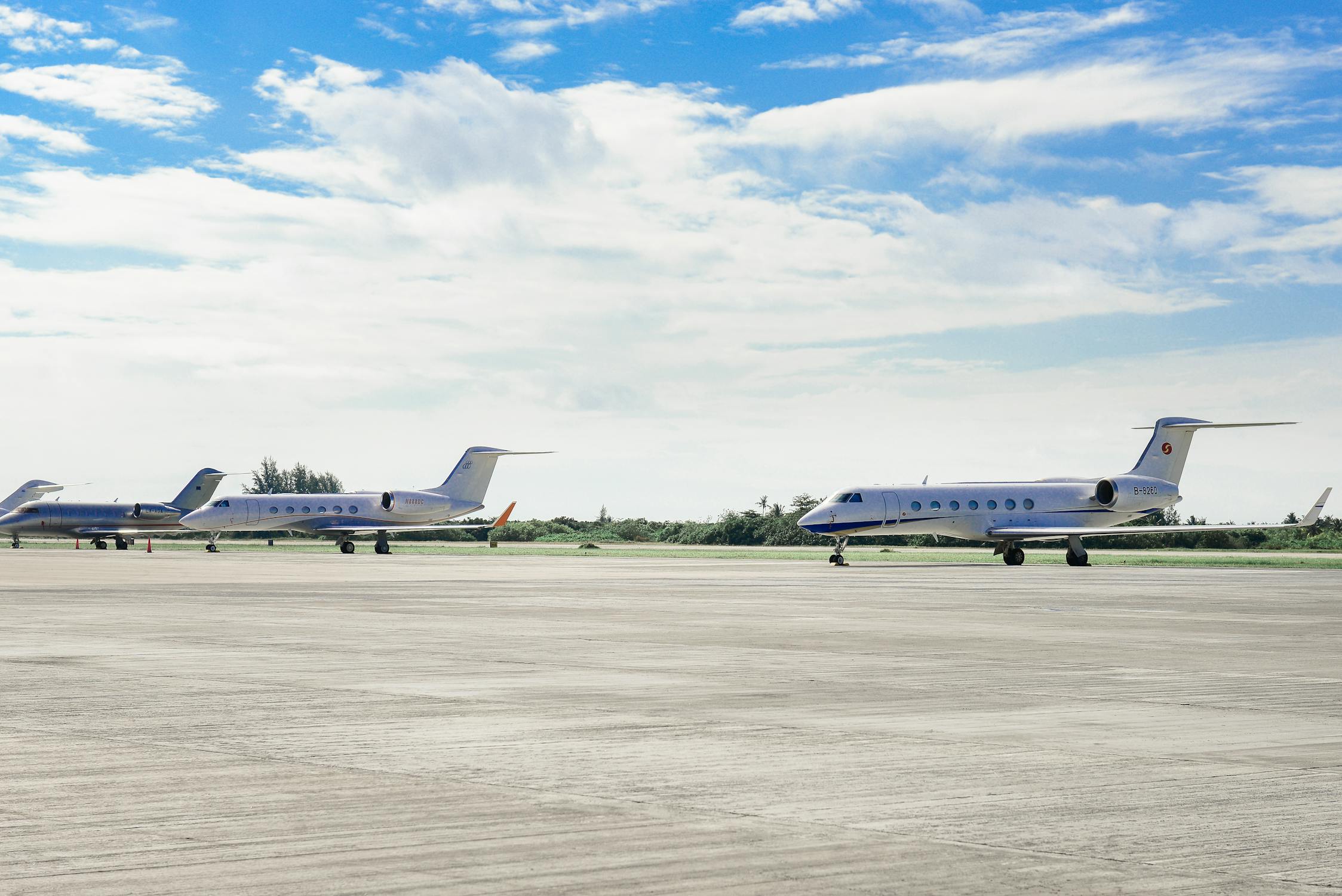Electrifying the Skies: Unveiling the Environmental Benefits of Electric Aircraft
As the world seeks sustainable alternatives across industries, the aviation sector is taking significant strides towards reducing its environmental impact. The emergence of electric aircraft holds great promise in revolutionizing air travel and mitigating the carbon footprint associated with traditional aviation. In this article, we delve into the environmental benefits of electric aircraft, exploring how these innovative machines can pave the way for a cleaner, greener future in the skies.
Lower Carbon Emissions and Air Pollution
Electric aircraft present a significant leap forward in reducing carbon emissions and air pollution. By utilizing electric motors powered by batteries, these aircraft produce zero direct emissions during flight. As a result, the release of greenhouse gases, such as carbon dioxide and nitrogen oxide, is virtually eliminated, contributing to improved air quality and combating climate change. This cleaner mode of aviation holds the potential to make a substantial difference in reducing the industry's environmental impact.
Noise Reduction and Enhanced Acoustic Environment
Traditional aircraft are notorious for their noise pollution, causing disturbances to both urban and natural environments. Electric aircraft, on the other hand, offer a quieter and more peaceful flying experience. The electric propulsion systems generate significantly less noise compared to conventional engines, reducing the impact on local communities surrounding airports and minimizing the disturbance to wildlife in ecologically sensitive areas. The advent of electric aircraft opens up opportunities for aviation to coexist harmoniously with residential areas, thus making revolutionising the Urban Air Mobility landscape. Infact many companies like BLADE founded by Rob Wiesenthal have already heavily invested in their successful manufacturing and testing.
Energy Efficiency and Sustainable Operations
Electric aircraft demonstrate remarkable energy efficiency compared to their conventional counterparts. Electric motors are highly efficient in converting electrical energy to propulsion, resulting in reduced energy waste and increased overall efficiency. Furthermore, the advancements in battery technology contribute to enhanced energy storage capabilities, enabling longer flights without compromising sustainability. Additionally, the integration of regenerative braking systems and energy recapture during descent can further improve the efficiency and sustainability of electric aircraft operations.
Potential for Renewable Energy Integration
The rise of electric aircraft aligns synergistically with the growing renewable energy sector. The ability to recharge electric aircraft with electricity generated from renewable sources, such as solar and wind power, offers an opportunity to create a closed-loop, sustainable aviation ecosystem. By leveraging renewable energy integration, electric aircraft can operate with significantly reduced or even zero net carbon emissions, contributing to a more sustainable and resilient aviation industry.
Technological Advancements and Innovation
The development of electric aircraft drives technological advancements and fosters innovation in the aviation industry. The pursuit of electric propulsion systems, advanced battery technologies, and lightweight materials not only contributes to more sustainable aviation but also has ripple effects across other sectors. The research and development efforts required for electric aircraft create opportunities for advancements in energy storage, power electronics, and aerodynamic design, which can be applied to various industries, accelerating the transition to a low-carbon future.
Electric aircraft offer a promising solution to address the environmental challenges faced by the aviation industry. With lower carbon emissions, noise reduction, enhanced energy efficiency, and potential integration with renewable energy, these innovative flying machines are paving the way for a more sustainable and environmentally friendly future in air travel.

